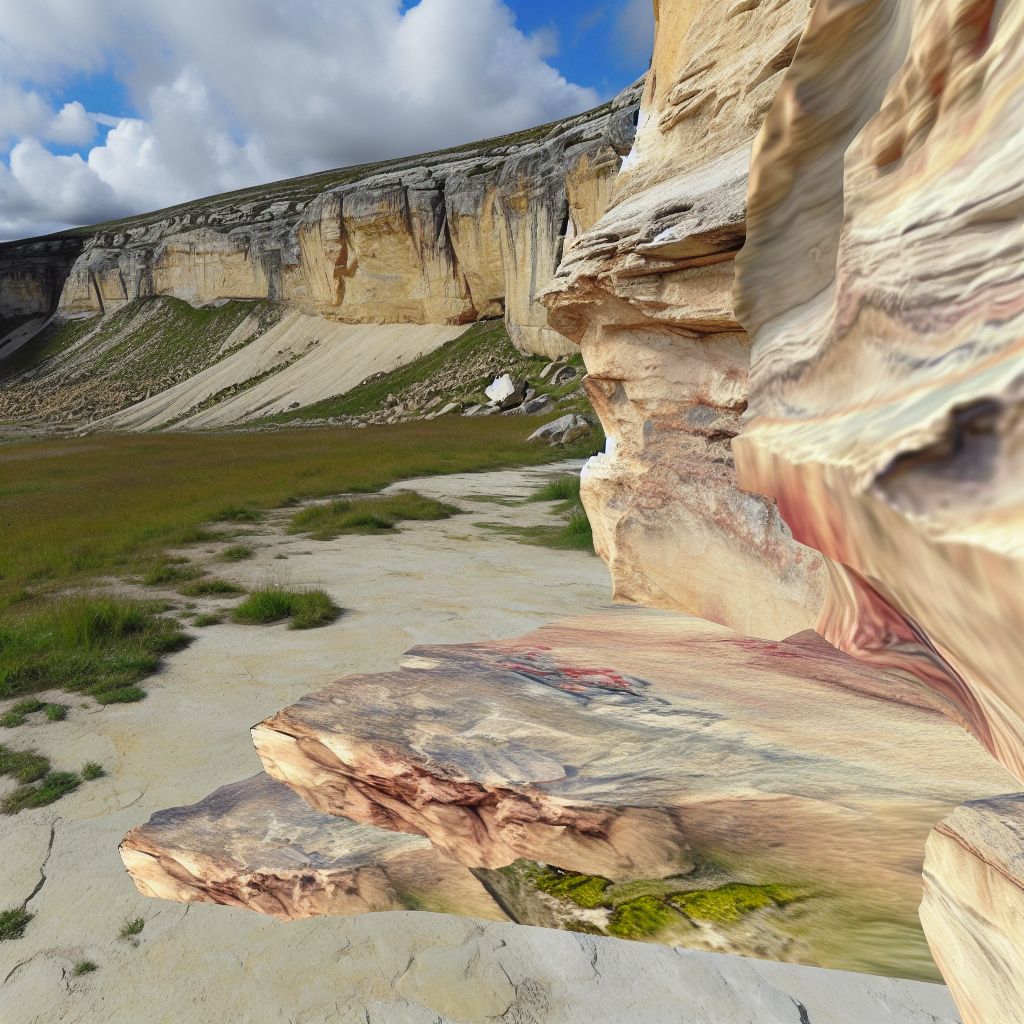Deutsch: Spaltung / Español: Escisión / Português: Clivagem / Français: Clivage / Italiano: Scissione
In the environmental context, cleavage can refer to the natural process of splitting or fracturing in rocks and minerals along planes of weakness. This geological feature is significant in understanding soil formation, Erosion patterns, and the landscape's overall structure. Additionally, cleavage might relate to divisions or separations within environmental policies or perspectives that reflect differing priorities or approaches to environmental conservation and resource management.
Description

Cleavage in the environmental context encompasses:
- Geological Aspect: The tendency of rocks and minerals to break along specific planes of weakness, which is critical in the study of geological formations and influences various Environmental Processes.
- Policy and Social Aspect: The divide in public opinion or policy approaches regarding environmental issues, such as renewable energy adoption, conservation strategies, and climate change mitigation.
Application Areas
- Geology and Earth Science: Studying the cleavage of rocks and minerals helps in understanding earth's physical structure and the processes that shape landscapes.
- Environmental Policy: Analyzing cleavage in environmental policy helps identify the root causes of conflicts and aids in the development of more inclusive and effective conservation strategies.
Well-Known Examples
- Rock Cleavage Observation: Identifying cleavage patterns in slate or schist, which are used to infer the rock's formation conditions and history.
- Policy Debates: The cleavage between proponents of fossil fuels versus renewable energy sources highlights differing environmental and economic priorities.
Weblinks
Summary
In the environmental context, cleavage has dual significance, referring both to the geological process affecting rocks and minerals and to divisions within society regarding environmental management and policy. Understanding cleavage in both senses is crucial for addressing environmental challenges, from landscape conservation to the formulation of policies that Balance ecological sustainability with human needs.
--
Related Articles to the term 'Cleavage' | |
| 'Environmental geography' | ■■■■■■■■■ |
| Environmental geography in the environmental context refers to the branch of geography that studies the . . . Read More | |
| 'Geology' | ■■■■■■■■■ |
| Geology is the scientific study of the Earth’s structure, materials, processes, and history. In the . . . Read More | |
| 'Bedrock' at top500.de | ■■■■■■■■■ |
| Bedrock refers to the solid rock layer found beneath the surface materials such as soil, gravel, or sand. . . . Read More | |
| 'Irrigation Equipment' at top500.de | ■■■■■■■■ |
| Deutsch: Bewässerungsanlagen / Español: Equipos de Riego / Português: Equipamento de Irrigação / . . . Read More | |
| 'Concentration' at quality-database.eu | ■■■■■■■■ |
| Deutsch: / Español: Concentración / Português: Concentração / Français: Concentration / Italiano: . . . Read More | |
| 'Rock' | ■■■■■■■■ |
| Rock refers to a naturally occurring solid mass composed of minerals, mineraloids, or organic materials. . . . Read More | |
| 'Aspect' | ■■■■■■■■ |
| Aspect in the environment context refers to a specific feature, characteristic, or factor of the natural . . . Read More | |
| 'Pattern' | ■■■■■■■ |
| Pattern: A pattern is in EMAP, the location, distribution, and composition of structural landscape components . . . Read More | |
| 'Phonemes' at psychology-lexicon.com | ■■■■■■■ |
| Phonemes refer to the smallest units of sound in spoken language that make a difference in the meaning . . . Read More | |
| 'Execution' at psychology-lexicon.com | ■■■■■■■ |
| In psychology, execution refers to the act of carrying out a task or behavior. It involves the process . . . Read More | |
